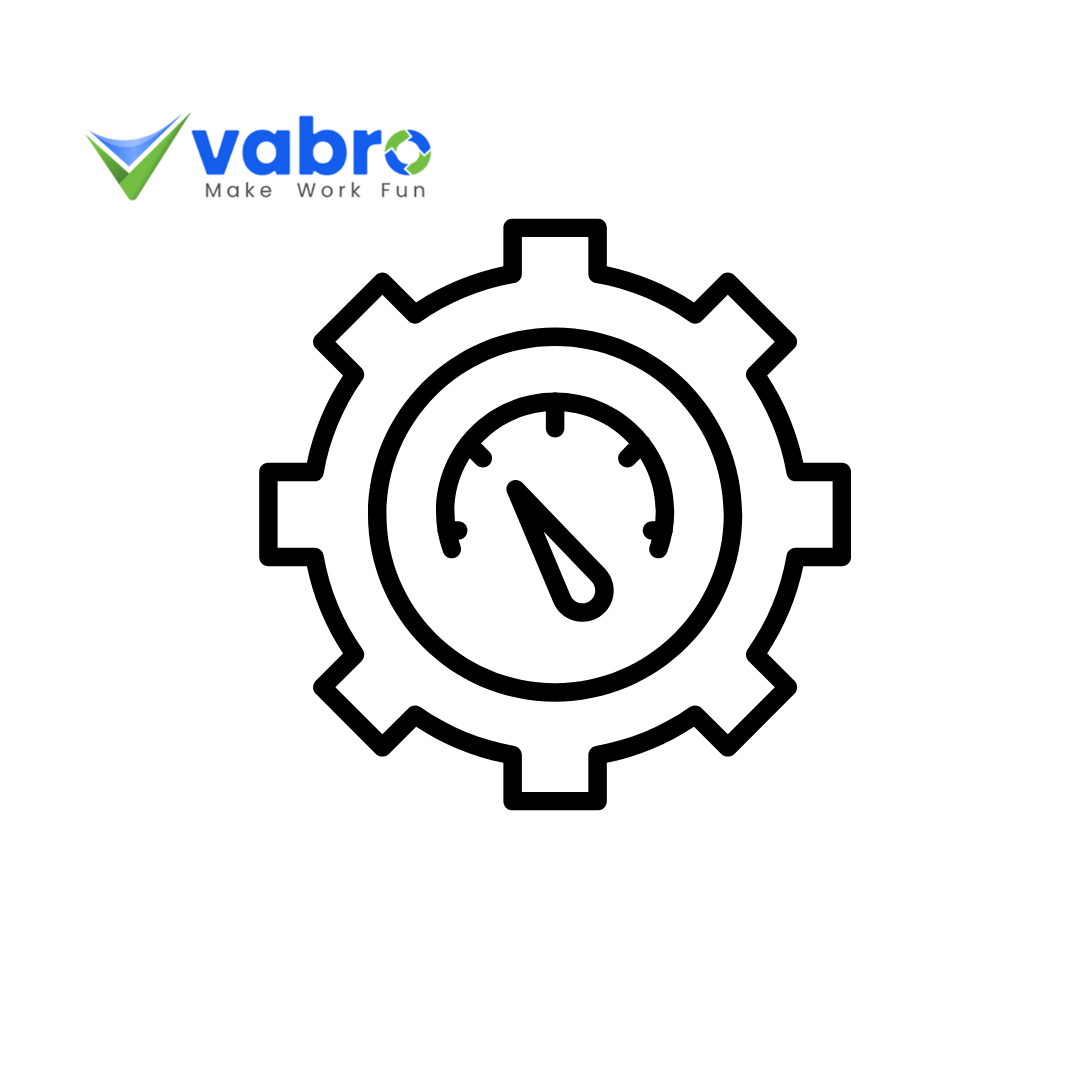Development Velocity: What It Is, Why It Matters, and How to Improve It
Development velocity refers to the rate at which a team delivers work within a specific time frame. It is often used in Agile environments to measure progress and is typically quantified by the number of story points, tasks, or features completed in a sprint or iteration. Understanding and improving development velocity is crucial for teams striving to meet deadlines, improve efficiency, and ensure quality. In this article, we’ll explore what development velocity is, why it’s important, and how tools like Vabro can enhance it.
What is Development Velocity?
At its core, development velocity measures how much work a development team completes within a sprint or iteration. It’s a metric that allows teams to understand their capacity to deliver and provides insight into how efficiently they are working. In Agile practices, teams estimate the effort required for each task using story points or other units of measurement. The total number of completed story points or tasks within a sprint represents the team's velocity.
In tools like Vabro, you can track this metric easily by utilizing features like Sprint Burndown Reports, Velocity Reports, and Cumulative Flow Diagrams (CFD). These features allow teams to visualize their progress and assess whether they are on track to meet their goals.
Why Development Velocity Matters
- Predictability: Understanding your team's velocity helps with forecasting future work. When you know how much work your team can realistically accomplish in a sprint, you can make better decisions about project timelines and resource allocation.
- Continuous Improvement: By tracking velocity over time, teams can identify areas for improvement. If velocity drops unexpectedly, it may signal problems such as bottlenecks, lack of resources, or process inefficiencies that need to be addressed.
- Stakeholder Communication: Development velocity provides tangible metrics that can be shared with stakeholders, allowing them to better understand the pace at which progress is being made.
- Motivation: Positive changes in velocity, especially improvements, can motivate the team, demonstrating that their efforts are yielding results.
How to Improve Development Velocity
- Optimize Workflow: One of the key ways to improve velocity is by eliminating inefficiencies in the workflow. Tools like Vabro can help teams visualize the flow of work through Kanban boards and Scrum boards, allowing them to identify blockers and areas for improvement.
- Clear Definition of Done: Ensuring everyone on the team understands the definition of "done" for a task or feature helps avoid ambiguity. A clear understanding reduces time spent on revisions and increases the likelihood of tasks being completed efficiently.
- Focus on Collaboration: Fostering strong communication and collaboration within the team ensures that issues are identified early and resolved quickly. Vabro enhances team collaboration through features like task comments, notifications, and real-time updates, enabling seamless communication.
- Regular Retrospectives: Retrospectives allow the team to reflect on the work done and discuss what went well and what could be improved. By consistently reviewing performance, teams can identify patterns that help optimize velocity.
- Refining Estimates: Over time, teams get better at estimating how long tasks will take. Continuous improvement in estimating effort will lead to more accurate velocity tracking.
Vabro and Development Velocity
At Vabro, improving development velocity is at the heart of our design. The platform offers tools to track and improve velocity through real-time reporting, intuitive dashboards, and Agile workflows. Features like Velocity Reports and Sprint Burndown Reports provide valuable insights into team performance, allowing you to make informed decisions about resource allocation and sprint planning.
Additionally, Vabro’s Kanban and Scrum boards let you visualize your work, spot bottlenecks, and optimize your team’s workflow to improve the overall speed and efficiency of delivery.
Conclusion
Development velocity is a vital metric in Agile project management, providing teams with insights into their performance, helping with forecasting, and driving continuous improvement. By leveraging tools like Vabro, teams can track their velocity, identify obstacles, and implement strategies for improvement. A focus on optimizing workflow, collaborating effectively, and refining estimates will help teams accelerate their delivery and ultimately achieve greater success.
